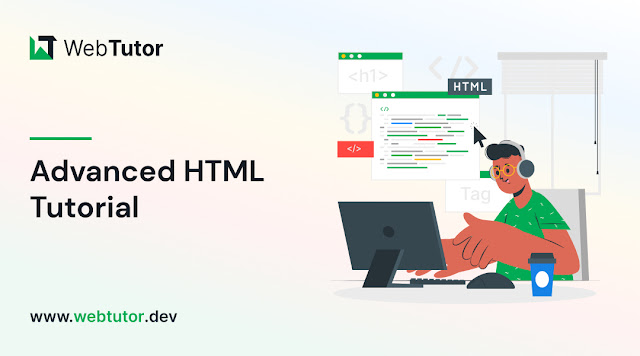Advanced CSS Techniques and Best Practices - A Comprehensive Guide by WebTutor.dev
Cascading Style Sheets (CSS) plays a crucial role in web development, allowing developers to bring life and style to their web pages. If you are looking to take your CSS skills to the next level, you're in the right place! In this advanced blog post, we will delve into the world of CSS, focusing on the comprehensive guide provided by Webtutor.dev in their CSS Introduction tutorial. Get ready to enhance your CSS knowledge and discover advanced techniques and best practices.
Optimizing CSS Performance: Techniques and Tools
Efficient CSS code is essential for maintaining fast-loading
web pages. We'll explore advanced techniques to optimize CSS performance, such
as minimizing file size, reducing render-blocking CSS, and utilizing CSS
preprocessors. The Webtutor.dev guide will provide
insights into performance optimization strategies and recommend helpful tools.
CSS Layouts: Flexbox and Grid
Modern
CSS layout techniques, namely Flexbox and Grid, have
revolutionized web design. We'll dive deep into these powerful tools, exploring
their features, properties,
and best use cases. The Webtutor.dev guide will offer practical examples and
tutorials to help you master the art of creating flexible and responsive
layouts.
Advanced Selectors and Pseudo-classes
CSS
selectors allow you to target specific elements on a web page. We'll go
beyond the basics and explore advanced selectors, including attribute
selectors, sibling combinators, and pseudo-classes. The blog will highlight
real-world scenarios where these selectors shine, enabling you to create
targeted and dynamic styles.
Read more - The Basics of CSS
CSS Transitions and Animations
Adding subtle animations and transitions can greatly enhance
the user experience. We'll delve into CSS transitions and animations, covering
advanced techniques such as keyframes, timing functions, and complex
animations. The Webtutor.dev guide will provide practical examples and tips for
creating smooth and visually appealing animations.
Customizing and Styling Form Elements
Forms are an integral part of web applications, and
customizing their appearance can greatly improve usability and aesthetics.
We'll explore advanced techniques for styling form elements using
CSS, including styling checkboxes, radio buttons, dropdowns, and input
fields. The blog will showcase creative examples and provide guidance for
cross-browser compatibility.
Responsive Design: Advanced Media Queries and Breakpoints
Responsive design is essential for creating websites that
adapt to different screen sizes. We'll dive into advanced media queries and
breakpoints, enabling you to design fluid and responsive layouts for a variety
of devices. The Webtutor.dev guide will offer tips for managing complex
layouts and provide examples of responsive design patterns.
Cross-browser Compatibility and CSS Prefixing
Ensuring consistent rendering across different web browsers
can be a challenge. We'll discuss advanced techniques for achieving
cross-browser compatibility, including CSS prefixing, vendor-specific
properties, and polyfills. The blog will provide insights into browser
support tables and strategies to handle browser-specific quirks.



Comments
Post a Comment